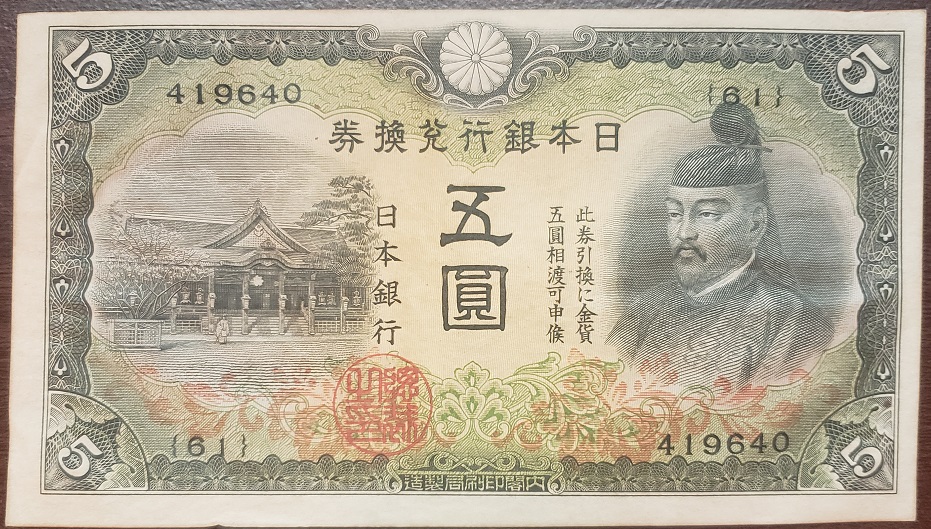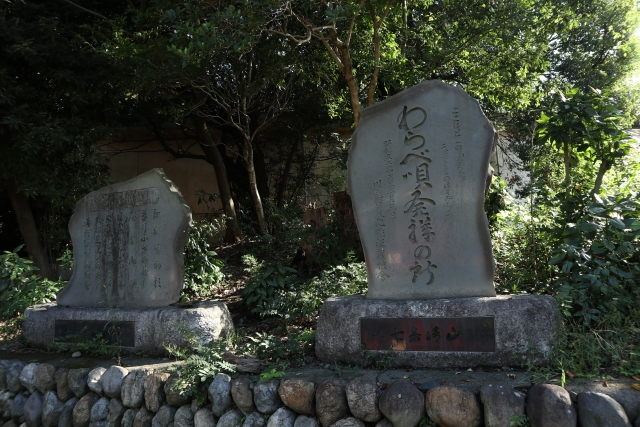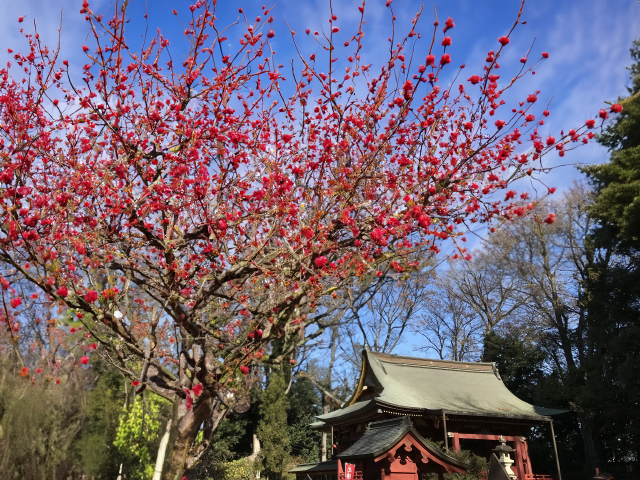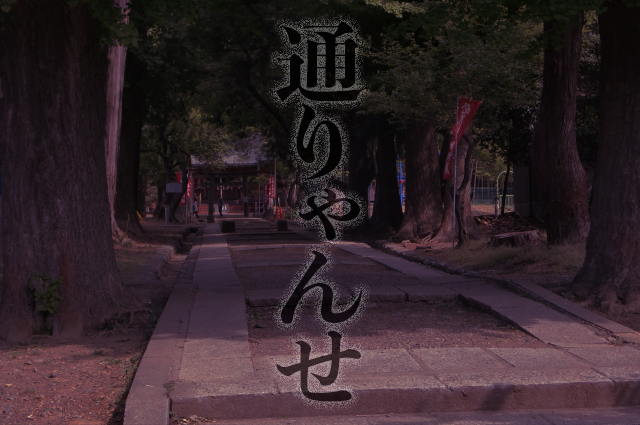Tooryanse
Tooryanse tooryanse
Koko wa doko no hosomichi ja
Tenjin-sama no hosomichi ja
Chitto tooshite kudashanse
Goyō no nai mono tooshasenu
Kono ko no nanatsu no o-iwai ni
Osatsu o osame ni mairimasu
Iki wa yoi yoi kaeri wa kowai
Kowai nagara mo
Tooryanse tooryanseLyricist:Unknown
Composer:MOTOORI_Nagayo
in 1921
Go on through
Go on through, Go on through.
Where is this narrow path?
It’s the narrow path of Tenjin-sama.
Could you please let me through for a moment?
We don’t let through those with no business.
In celebration of this child’s seventh birthday, I come to offer a monetary offering.
The outbound journey may be pleasant, but the return is frightening.
If you’re okay with the fear,
Go on through, Go on through.

“Tooryanse (Go on through)” is a well-known Warabe uta (children’s folk song) that has been passed down since the Edo period.It is said that MOTOORI_Nagayo composed the music for use in a children’s opera in 1921.
However, this song is accompanied by mysterious rumors. It involves a negotiation between those who wish to pass through the road to visit Tenjin-sama and those who question the reasons for doing so. In the end, permission is granted, but it sounds as if a warning is given, “You can go, but be careful on your way back,” imbuing a somewhat suspicious nuance. The unique melody also adds to this impression.
One significant reason for the mysterious atmosphere may be associated with the legend of the vengeful spirit of SUGAWARA_no_Michizane. Recognized for his talent and promising future, he fell victim to conspiracy, faced false accusations, and met an untimely death. Subsequently, disasters occurred frequently, and he came to be feared as the curse of Michizane. To appease his spirit, he was enshrined as “Tenjin-sama,” a deity still revered as the god of learning. Dazaifu Tenmangu Shrine in Fukuoka is a representative shrine dedicated to him. Kitano Tenmangu Shrine in Kyoto was depicted on the old 5-yen bill along with the portrait of Michizane.

Photo: Knowledgekid87
5 Yen Note: The Bank of Japan – Picture from cellphone
Previously published: N/A, パブリック・ドメイン, リンクによる
Also, the lyrics mention “celebrating this child’s 7th birthday” and “to deposit a talisman,” but in Japan, there is an old saying, “Tsu ga tsuku uchi wa kami no uchi” (As long as ‘Tsu’ is attached, it is the same as a deity), which means that from 1 year old represented by “Hitotsu” to 9 years old represented by “Kokonotsu”, they are considered the same as a deity. It is also said, “Nanatsu madewa kaminoko” (Up to seven, they are children of a deity). This means that they are beings close to the world where the deity resides, and it can’t be helped if they return to the deity at any time. In other words, it represents being adjacent to “death”. In fact, in the past, the mortality rate of infants without resistance was high, and “Shichi Go San (753)” is an event to thank the deity for being able to live up to that year. By the way, 3 and 7 years old are for girls, and 5 years old is for boys. The “child” sung in “Tooryanse” is probably a 7-year-old girl. There are regions that call exceeding 9 years old with ‘Tsu’ and becoming 10 years old (Tou) as “Tsubanare”.In some regions, the age of 10 (Tou) is called “Tsubanare” after the age of 9 with “Tsu”.

Regarding the phrase “Iki wa yoiyoi, Kaeri wa kowai,” it is suggested that the setting of the song, Sanyono Shrine in Kawagoe City, Saitama Prefecture, within Kawagoe Castle, had strict surveillance by watchful soldiers. Therefore, the expression “scary” might have been used to convey the meaning of “I’ll let you go, but be cautious on your way back.” Since it is close to Tokyo, I encourage you to visit and explore it sometime.

SUGAWARA_no_Michizane was fond of plum blossoms and used them on his crest.

▲Route to Miyoshino Shrine, home of “tooriyanse
▲Dazaifu Tenmangu Shrine, the main shrine dedicated to Sugawara no Michizane






コメント